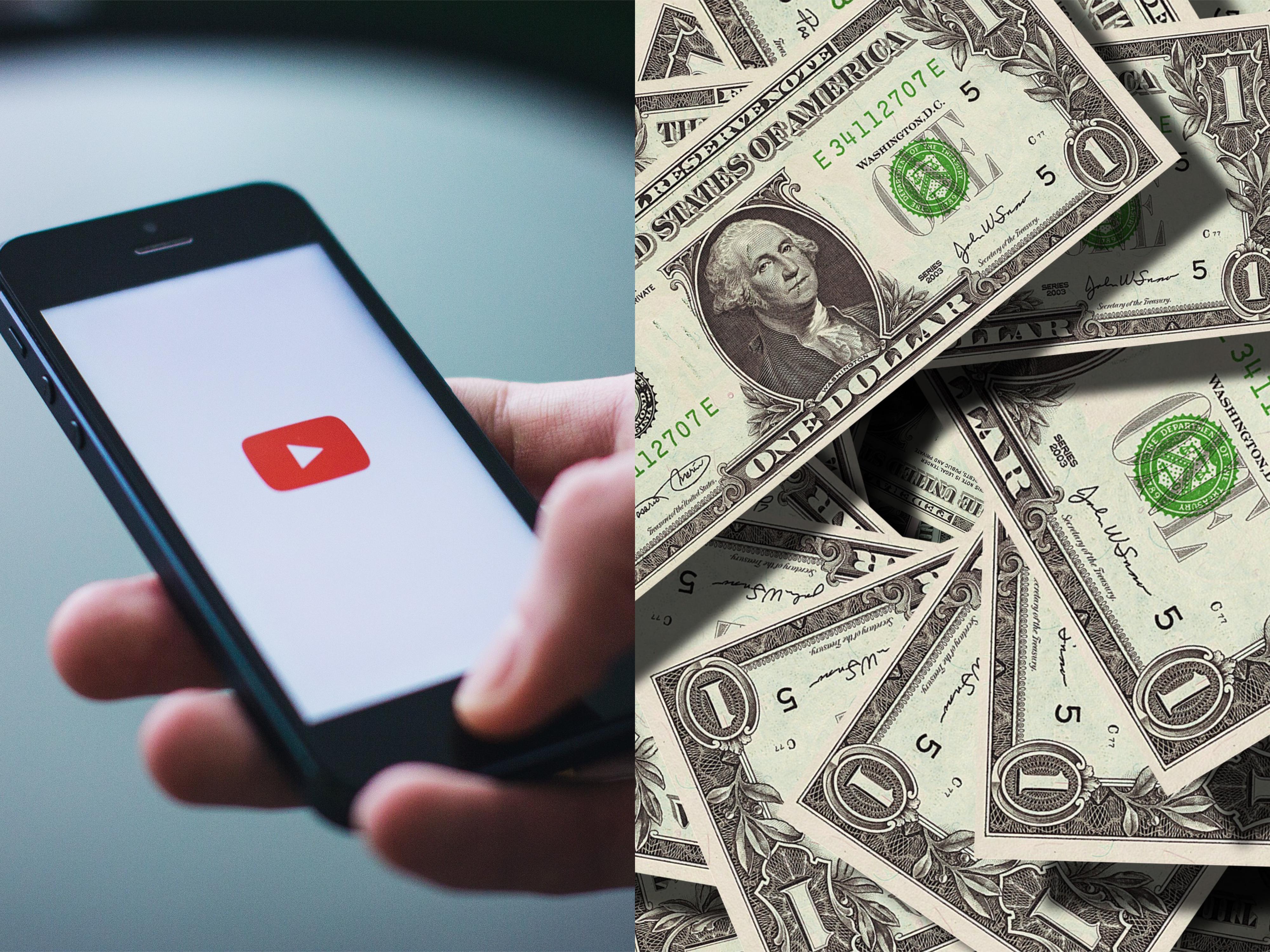Safe harbours cost US music industry up to $1b in lost royalties

The Australian Government recently delayed introducing safe harbour legislation at the insistence of the music industry, to allow for further discussion on their impact.
But a new report has found that safe harbours cost the US music industry up to US$1 billion (A$1.3 billion) in lost royalties a year.
This lost figure is just from YouTube, which the music industry asserts uses its immunity from legal action for copyright infringement by users, to make money from content for which they do not have copyright.
Music makes up 40% of YouTube’s content views.
The 20-page report, Safe Harbours And The Evolution of Music Retailing, was published on March 29 and conducted by Washington DC-based economy think tank the Phoenix Centre For Advanced Legal And Economic Public Policy Studies.
It calculated how much extra the recorded music industry would have made from YouTube if it had paid a similar royalty rate as other streaming services rather than exploit the safe harbour provisions in the Digital Millennium Copyright Act.
According to the report, the other services paid eight times more than YouTube.
Using 2016 figures from the International Federation of the Phonographic Industry, music streaming services paid artists and labels a rate of around $0.008 per track and generated for them $2 billion ($2.6 billion) from 68 million global subscriptions.
But the rate of $0.001 per play by ad-based services like YouTube only generated $634 million ($826.1 million) in revenue, from 900 million users.
Asserting that “outdated regulation is determining where and how people listen to music”, the Phoenix Centre study pointed out: “The source of the distortion in licensing negotiation appears to be that at any one time, there may be multiple unauthorised copies of a particular song available notwithstanding compliance with the safe harbours, suggesting that services may essentially be able to offer access to music without paying royalties and still claim safe harbour protection for infringement.”
“Simulating royalty rate changes for YouTube, one of the nation’s largest purveyors of digital music, we estimate, using 2015 data, that a plausible royalty rate increase could produce increased royalty revenues in the U.S. of $650 million to over one billion dollars a year,” it summed up.
“This is a sizeable effect, and lends credence to the recording industry’s complaints about YouTube’s use of the safe harbour.”
In its defence, YouTube argues that it has paid a total of $2 billion since its content-tracking Content ID system was introduced in 2007, and that it moves quickly to take down infringing content when asked to.
But a Midia Research study from 2016 found that while YouTube payments rose by 15% from the year before, the number of music streams climbed by more than 170%. As a result, the amount that YouTube paid per video dropped by more than half, to $0.001.
The US music industry now has to work out if forcing YouTube to pay 85% of its revenue to it when it is not making money, could lead to the demise of a platform which generates new fans that it might not have otherwise.

































